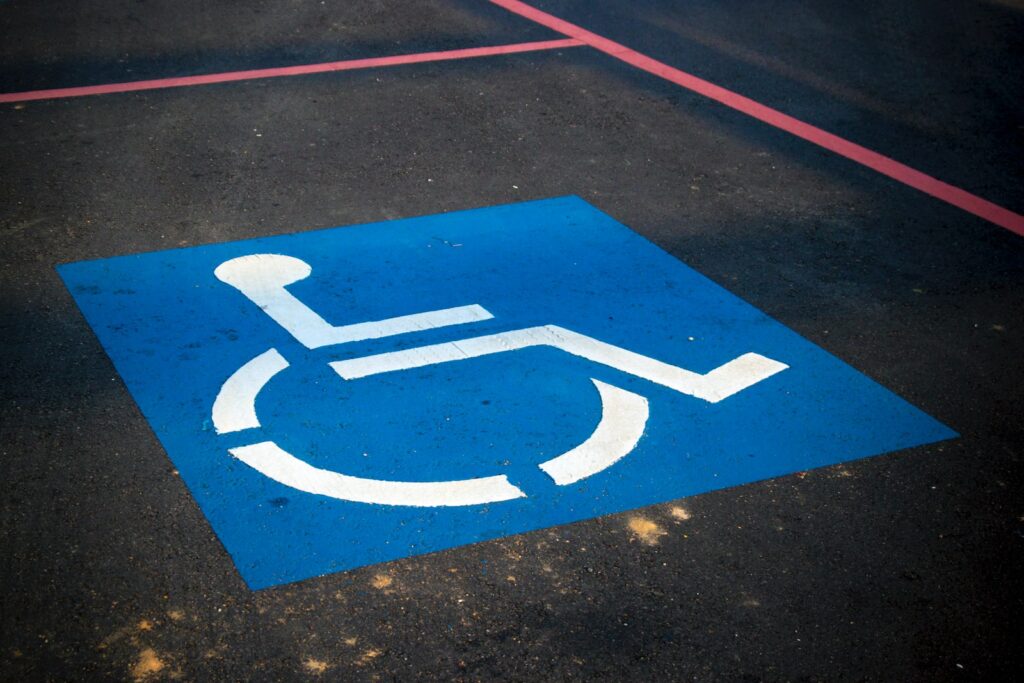New guidance on public EV chargepoints accessibility released
New design guidance to make public electric vehicle (EV) chargepoints more accessible has been released, based on the work of two disability charities.
National disability charities Designability and Motability worked in partnership to create freely available design guidance for manufacturers, installers and more.
Now the organisations have worked with Zero Emission Vehicles (OZEV) and the British Standards Institute (BSI) to create a new accessibility standard for public EV chargepoints, so disabled people don’t get left behind in the transition to green transport.
An estimated 14 million disabled people live in the UK and in ten years’ time its predicted 2.7 million disabled drivers will be on the road. They will be wholly reliant on EV charging, as the UK plans to ban the sale of all new petrol and diesel cars by 2030.
This is the first standard of its kind which ensures people with limited mobility and neurodiverse conditions are being considered.

Scott Steedman, director-general, Standards at BSI, said: ‘This new standard will help ensure that charging point providers and procurers can anticipate and remove any obstacles that could prevent a user from making full and independent use of the charging point.
‘No-one should be left behind as we transition towards a net-zero economy, and by ensuring that as many people as possible can make use of electric vehicles, we increase the UK’s chances of reaching ambitious net-zero goals as well as ensuring that the transition is one that is just and inclusive.’
The guidance covers the entire chargepoint experience, including the physical environment surrounding the unit, such as the kerb height, to the location, placement and spacing between each device.
The standard also covers the design of the chargepoint itself, such as the height, weight, and ease of use.
Designability, which creates products to help disabled people live more independently, released this guidance online for free shortly after the accessibility standard was made official.
‘We strongly believe no one should be left behind in the transition to electric vehicles,’ said Catharine Brown, CEO of Designability. ‘All disabled people should be able to live the life they choose, with greater independence, and feel empowered and included in everyday life.
‘This is a crucial time for us to ensure public EV charging it is the best it can be, and accessible for all. The standard positions the UK as world leading in this area. We are really excited about the future of public EV charging and how it will help disabled people to feel included, listened to and enable them to play their part in the transition to electric vehicles.’
Tim Anderson, Energy Saving Trust’s Head of Transport, recently covered the lack of accessibility in the EV environment for Environment Journal and discussed what could be done to help disabled drivers access EVs.
Photo by AbsolutVision












